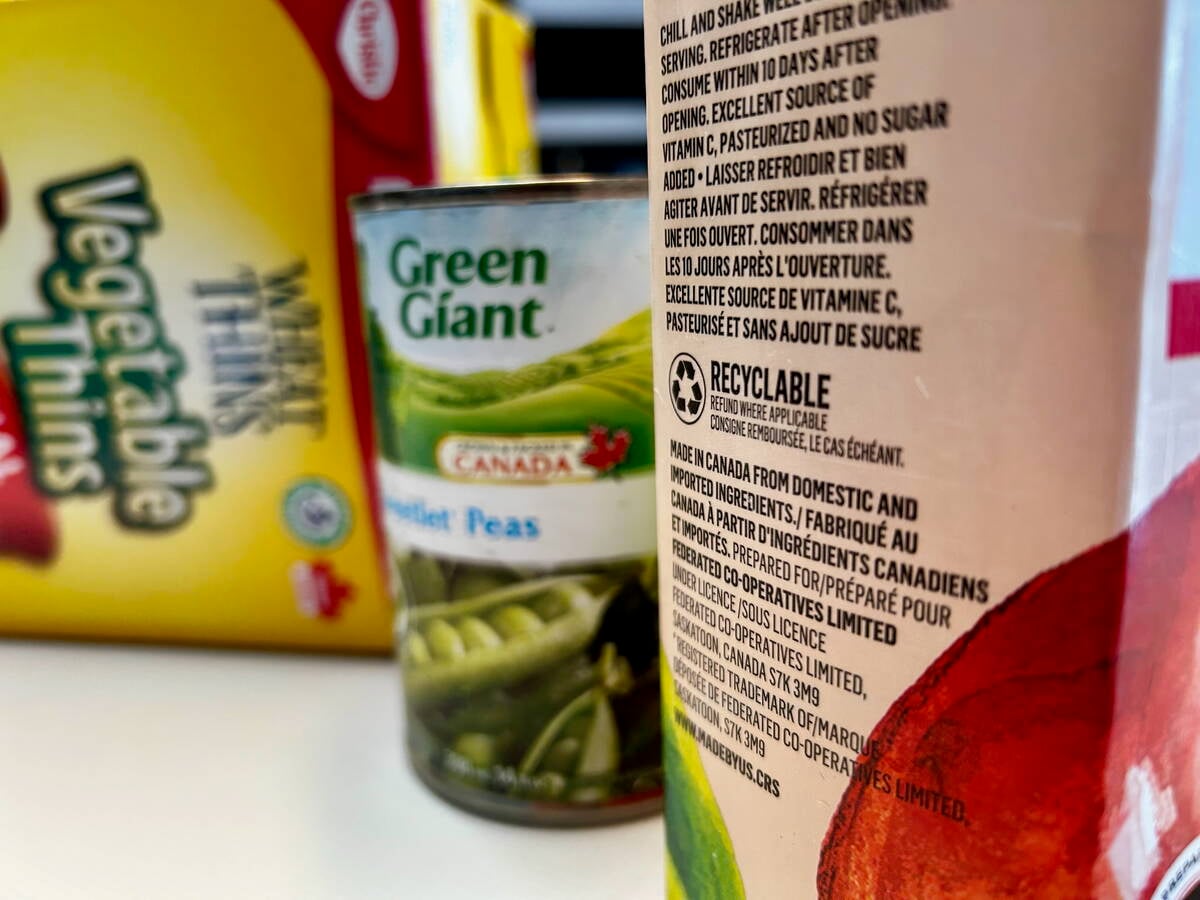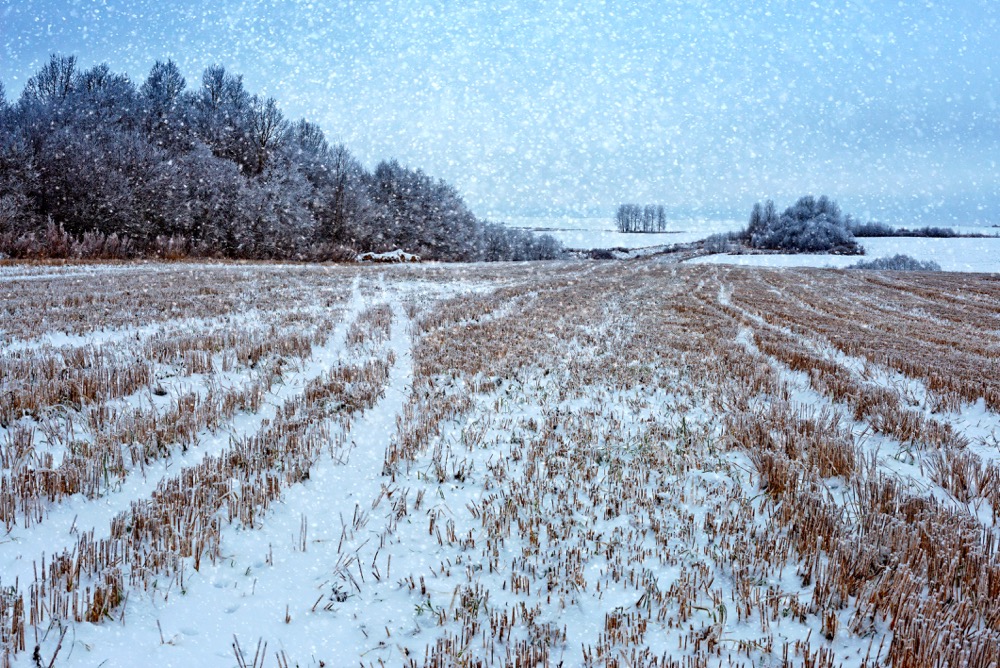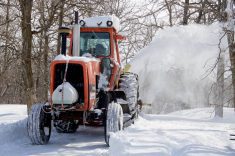Much of Manitoba may have adequate soil moisture, but the same can’t be said for your colleague to the west.
Timely snows will be badly needed this winter to insulate drought-stricken areas of Western Canada from what are expected to be cold temperatures.
Multiple areas of southern Saskatchewan are locked in a D-4 drought, which is the most severe category, according to Agriculture and Agri-Food Canada’s drought-watch map.
“The area south of Regina is the driest region,” said agroclimate specialist Trevor Hadwen. “Anything from Weyburn, west to Gravelbourg and down to the U.S. border is the biggest concern.”
Read Also

Unclear food labels hinder Canada’s ‘buy local’ surge
“Maple-washing” on Canadian food packaging makes label claims hard to keep straight and hurts both farmers and consumers trying to buy Canadian, economist says.
He adds a large storm system in early October helped bring some moisture to south-central Saskatchewan but it missed the deep south.
“Regina (area) got some but not enough,” he said.
Parts of southern Alberta also have extremely low moisture levels, although not to the extent as southern Saskatchewan.
“Southern Alberta was fairly good at the beginning of the growing season but dried out near the end,” Hadwen explained.
He adds areas around Drumheller and Hanna are especially dry.
Manitoba is looking much better than its Prairie counterparts. The only region that experienced a record-low moisture level was an area north of Swan River. Some areas north of the U.S. border are seeing extremely dry conditions.
According to Drew Lerner of World Weather Inc. in Kansas City, what’s needed now is snow to insulate the extremely dry areas from the winter cold.
He says the southern areas of Alberta and the southwestern corner of Saskatchewan, near the border, should see above-average snowfall this winter.
But it won’t matter much, if extremely cold temperatures arrive first.
“If the ground gets enough frost in it, it won’t matter how much snow is on top of the ground it will run off before the frost comes out of the soil,” he said.
Ideally, he says areas that are drought stressed need a record-setting warm winter where the ground doesn’t freeze before water gets into the ground.
“And that’s highly unlikely,” said Lerner.
Temperatures will likely be below average for the majority of the Prairies, with some periods experiencing bitter cold, he noted.
He adds southeast Saskatchewan will see “thinner snow” but not necessarily below normal.
“We could still do fairly well, depending on how the storm systems come out of the U.S.”
















